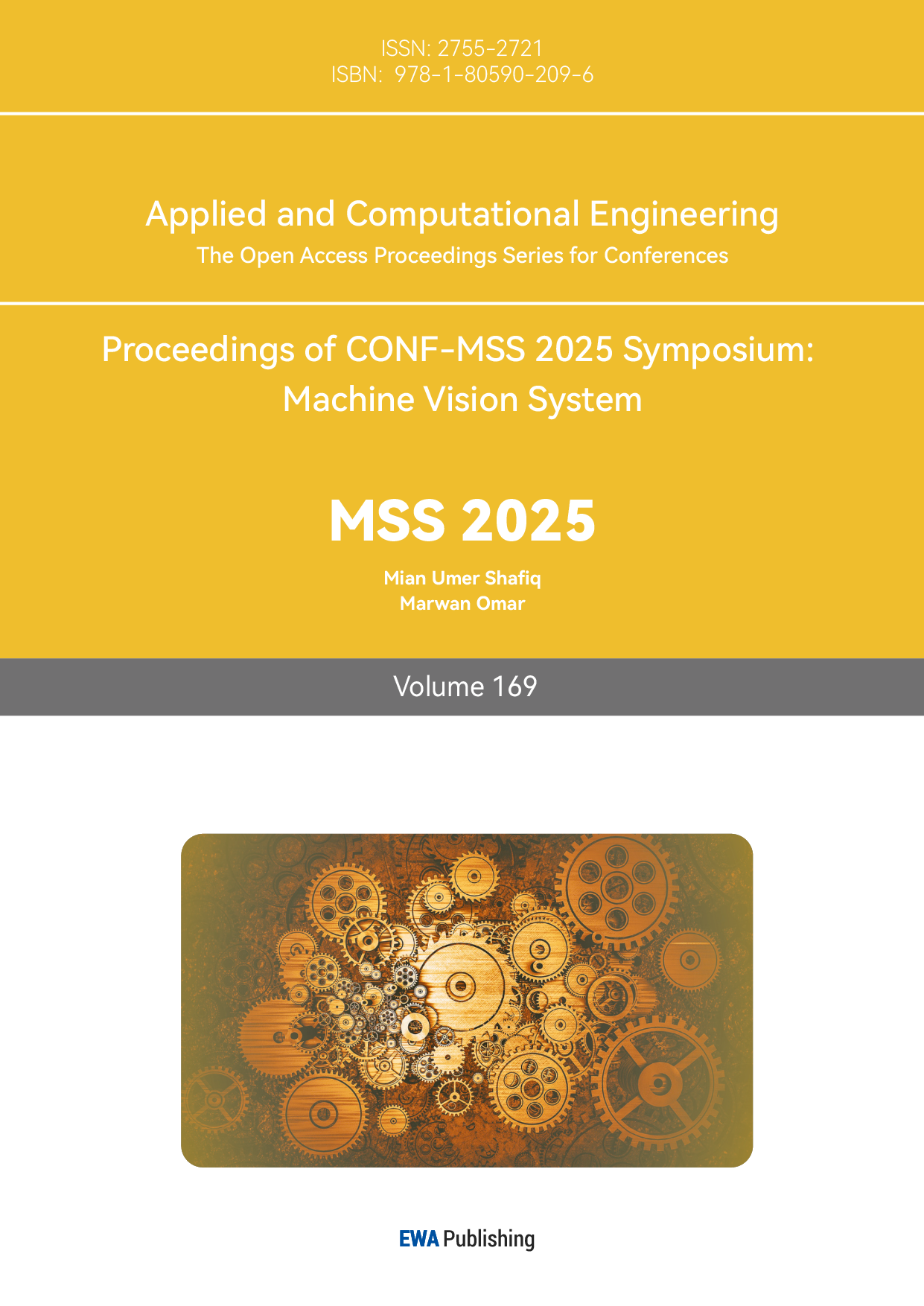References
[1]. Åström, KJ, & Hägglund, T. (1995). PID Controllers: Theory, Design, and Tuning. Instrument Society of America.
[2]. Ogata, K. (2010). Modern Control Engineering (5th ed.). Prentice Hall.
[3]. Visioli, A. (2006). Practical PID Control. Springer.
[4]. Bennett, S. (1993). A history of control engineering, 1930-1955. IET.
[5]. Liu Jinkun. (2006). Advanced PID control and its MATLAB simulation. Publishing House of Electronics Industry.
[6]. Ziegler, J.G., & Nichols, N.B. (1942). Optimum settings for automatic controllers. Transactions of the ASME, 64(8), 759-768.
[7]. Texas Instruments. (2018). C2000™ Real-Time Control Microcontrollers. [Technical Report].
[8]. Xilinx. (2021). Zynq-7000 SoC Data Sheet: Overview. DS190 (v1.11.1).
[9]. Chen, Y., & Li, H. (2019). FPGA-based high-speed PID control for nanoposioning systems. IEEE Transactions on Industrial Electronics, 66(5), 3981-3990.
[10]. Zhang, W., & Li, S. (2018). Neural network-based adaptive PID control for nonlinear systems. IEEE Transactions on Cybernetics, 48(12), 3421-3431.
[11]. Sutton, R. S., & Barto, A. G. (2018). Reinforcement Learning: An Introduction (2nd ed.). MIT Press.



